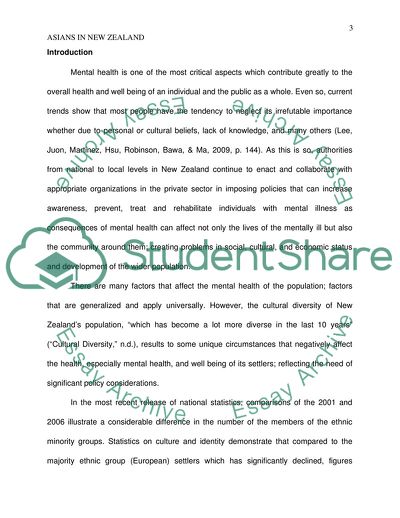Cite this document
(Asians in New Zealand: Migration, Mental Health, and Service Use Research Proposal, n.d.)
Asians in New Zealand: Migration, Mental Health, and Service Use Research Proposal. https://studentshare.org/health-sciences-medicine/1742762-asian-migrants-use-of-mental-health-service-in-new-zealand
Asians in New Zealand: Migration, Mental Health, and Service Use Research Proposal. https://studentshare.org/health-sciences-medicine/1742762-asian-migrants-use-of-mental-health-service-in-new-zealand
(Asians in New Zealand: Migration, Mental Health, and Service Use Research Proposal)
Asians in New Zealand: Migration, Mental Health, and Service Use Research Proposal. https://studentshare.org/health-sciences-medicine/1742762-asian-migrants-use-of-mental-health-service-in-new-zealand.
Asians in New Zealand: Migration, Mental Health, and Service Use Research Proposal. https://studentshare.org/health-sciences-medicine/1742762-asian-migrants-use-of-mental-health-service-in-new-zealand.
“Asians in New Zealand: Migration, Mental Health, and Service Use Research Proposal”. https://studentshare.org/health-sciences-medicine/1742762-asian-migrants-use-of-mental-health-service-in-new-zealand.


